Quantum Engineering and Sensing Technology Laboratory (QuEST)
Goddard’s QuEST Lab provides unique testbeds and world-class experimental facilities to perform research and development and technology maturation of atomic sensors and laser subsystems for space science.
Goddard has established a laboratory facility to enable research into emerging technologies in atom-based quantum sensing. This unique facility is designed to connect the quantum and atomic, molecular, and optical physics research community with sensor engineers and end-user scientists. The QuEST laboratory includes the following capabilities and facilities:
- High stability external cavity diode lasers at wavelengths relevant for the alkali atoms utilized in cold atom sensors
- Saturation spectroscopy systems and servo control systems to stabilize laser frequency to atomic transitions
- Wavemeter and optical test equipment for characterizing stabilized, narrow linewidth lasers
- Cs cold atom system, with a two-dimensional (2D) magneto optical trap (MOT) feeding a three-dimensional (3D) MOT capable of achieving sub-Doppler atom temperatures with optical access
- Rb ultra-cold system, with a 2D MOT feeding a custom 3D MOT with integral atom chip capable of achieving a Rb Bose Einstein Condensate (BEC)
- Cameras for fluorescence and absorption imaging of atom clouds
- GPS timing standards
- Compact optical frequency combs
- Optical bench space for prototyping optical atomic clock and atom-based sensing subsystems
QuEST Atomic Sensors and Clocks
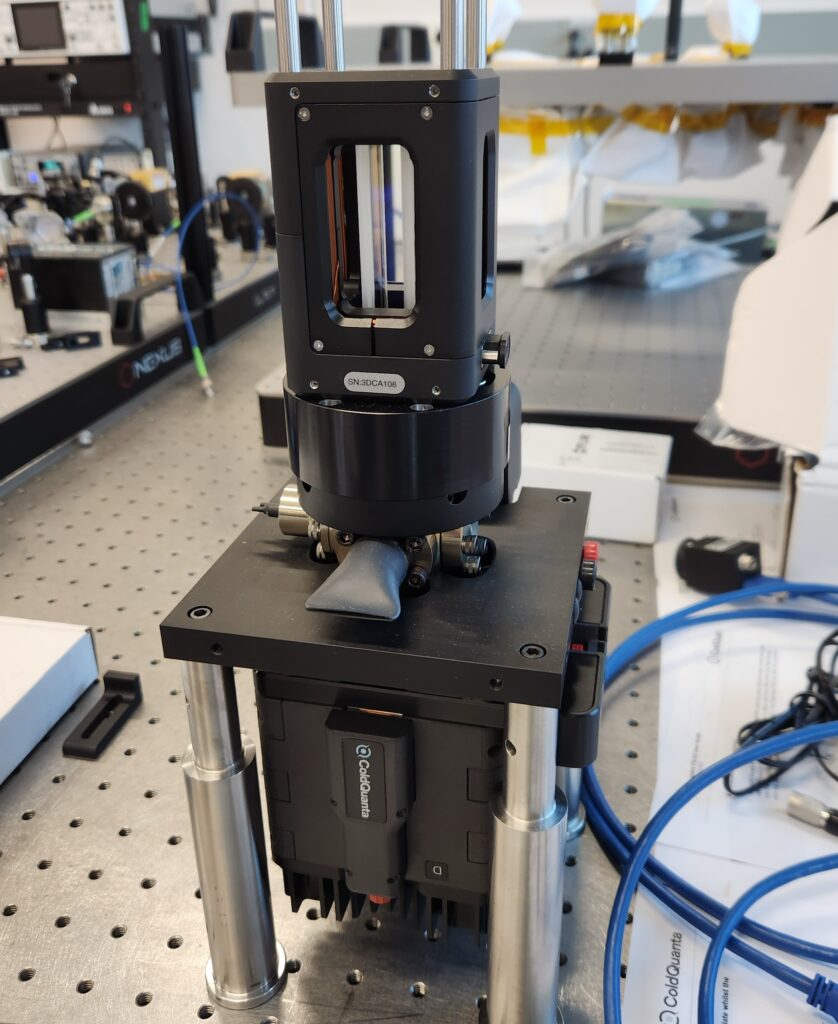
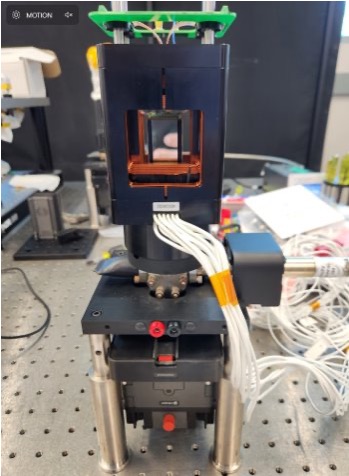
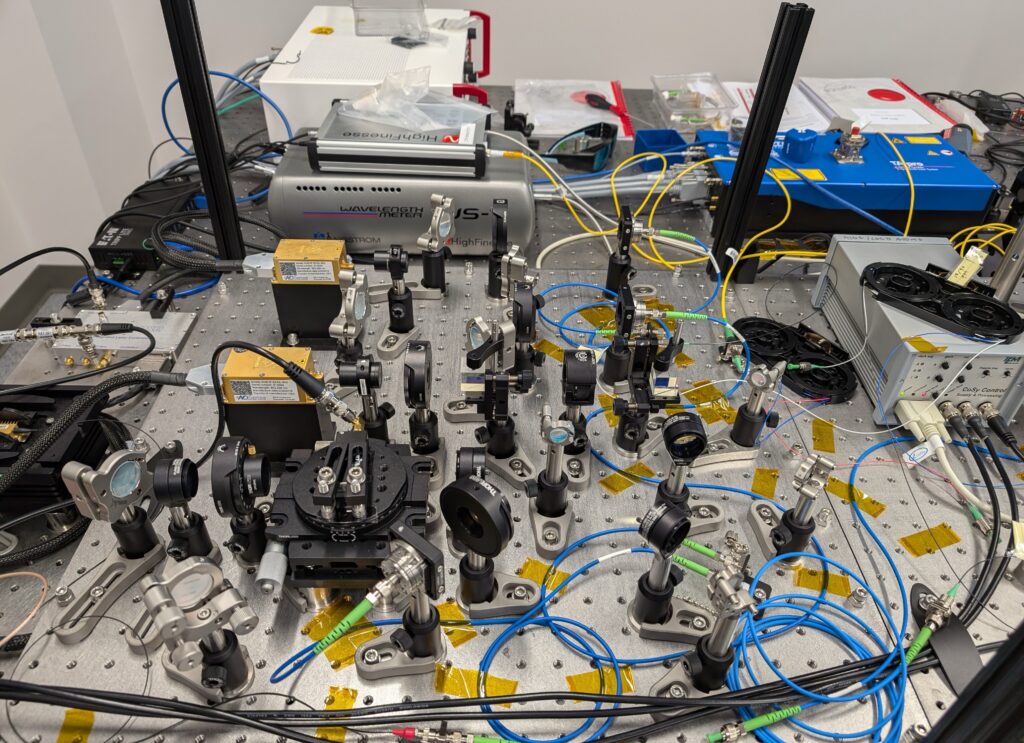

Atom Interferometer Gravity Gradiometer (AIGG)
In partnership with QuEST and AOSense, Inc., the AIGG Experiment is a unique experimental facility for atomic gravity gradiometry:
- 2x independent atom interferometer separated by a 2-meter baseline (one of the largest atom interferometers in world)
- Produce 108 Cs atoms at <100 nK
- Enable up to 300 ms of interferometry time
- Rotation compensation and full imaging measurement
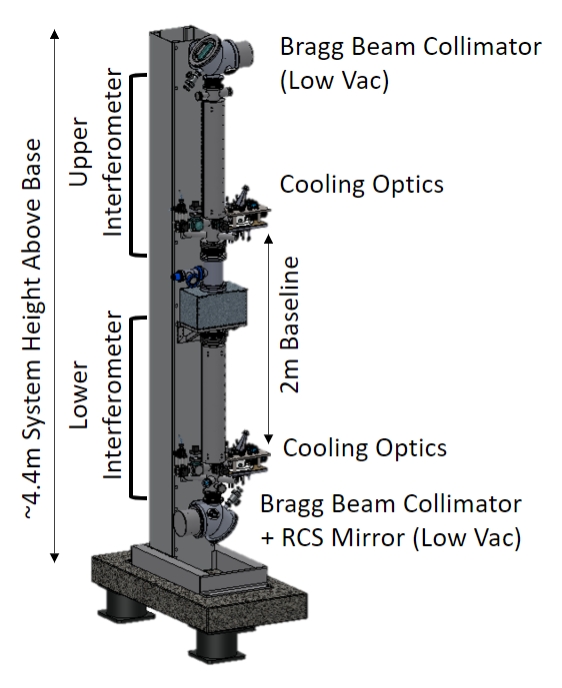
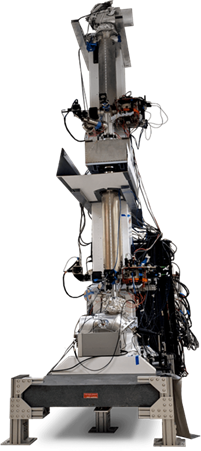
The Quantum Engineering and Sensing Technology Laboratory (QuEST) is managed by Earth Sciences and ETD’s Instrument Systems and Technology Division (ISTD). Contact ISTD for more information.
